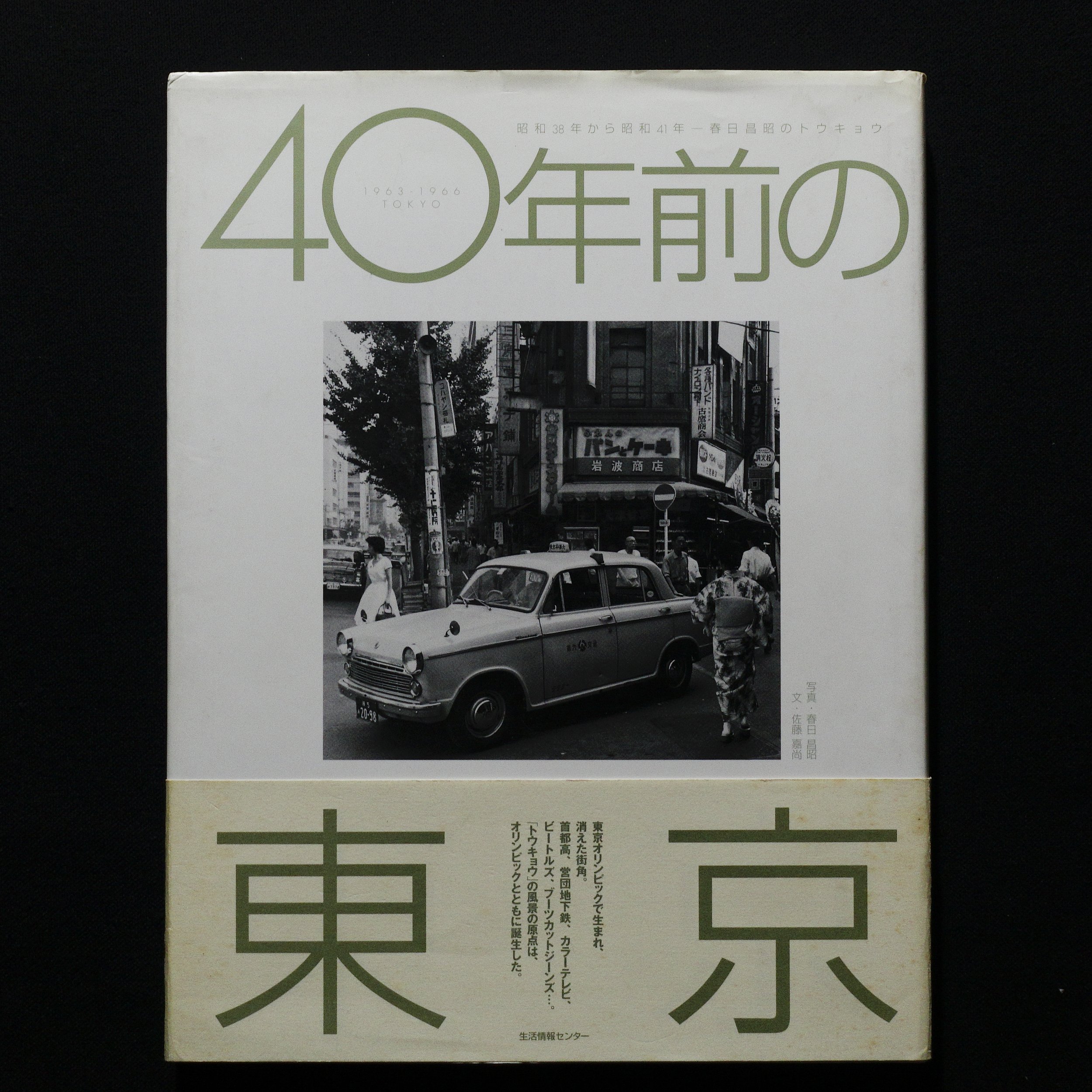 Image 1 of 15
Image 1 of 15

 Image 2 of 15
Image 2 of 15

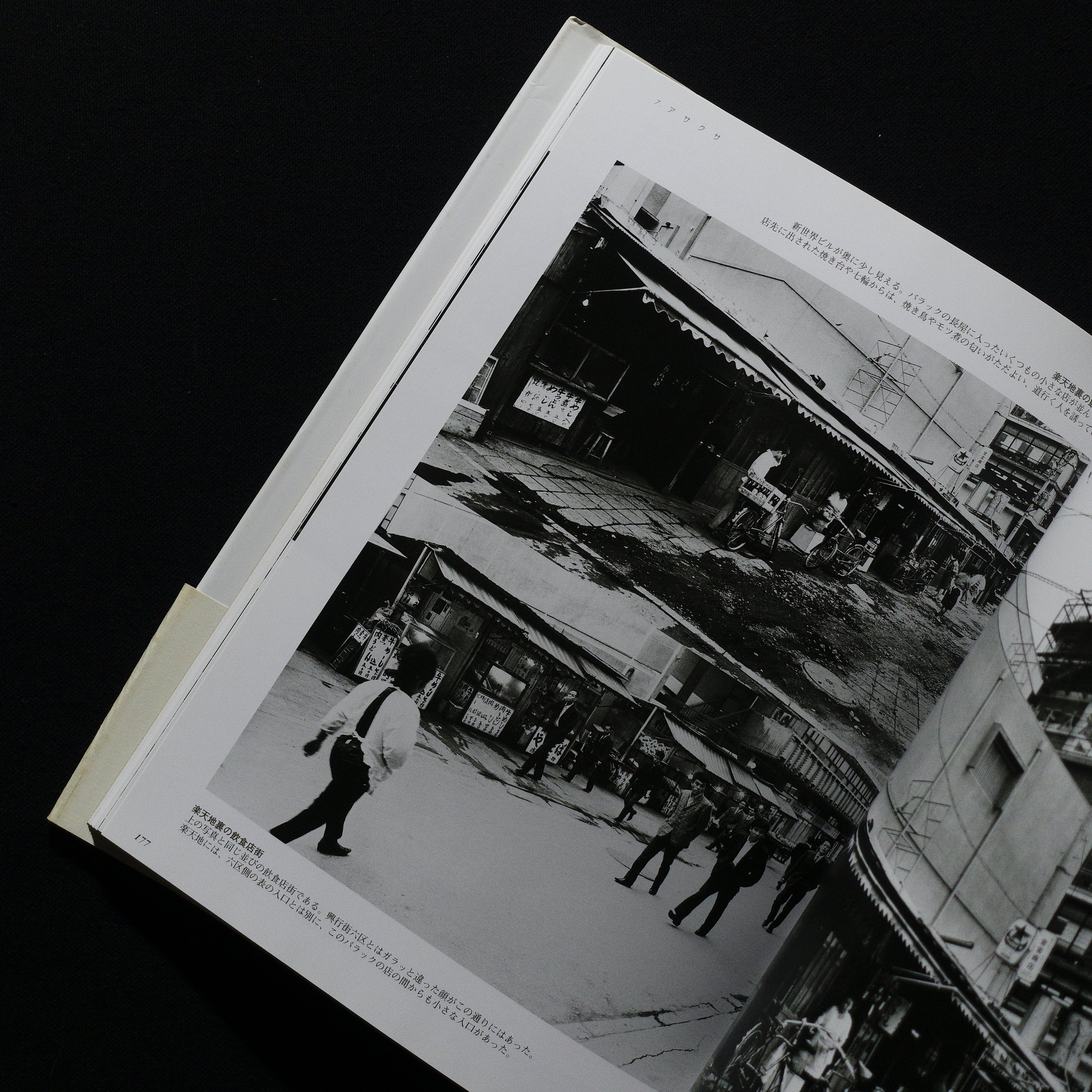 Image 3 of 15
Image 3 of 15

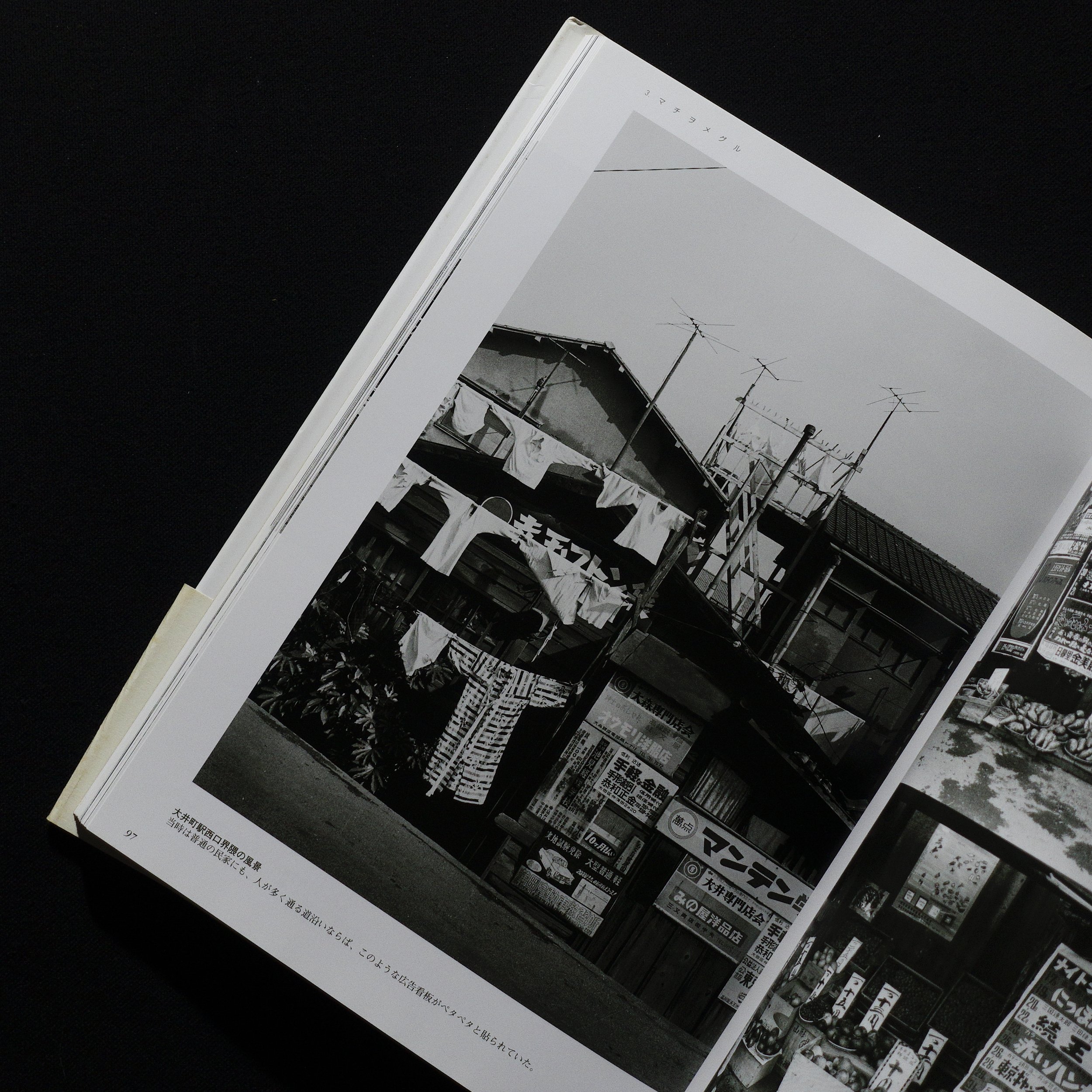 Image 4 of 15
Image 4 of 15

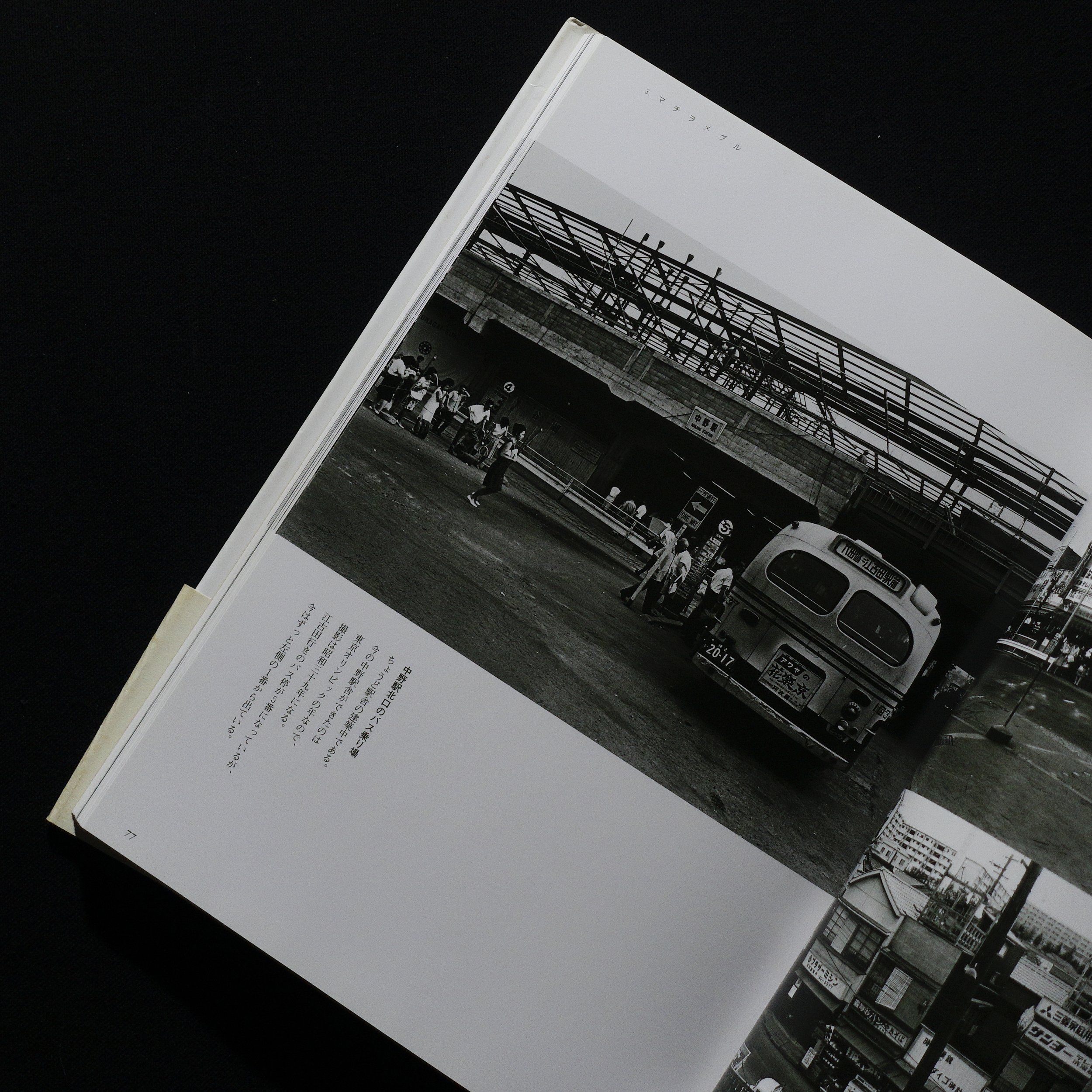 Image 5 of 15
Image 5 of 15

 Image 6 of 15
Image 6 of 15

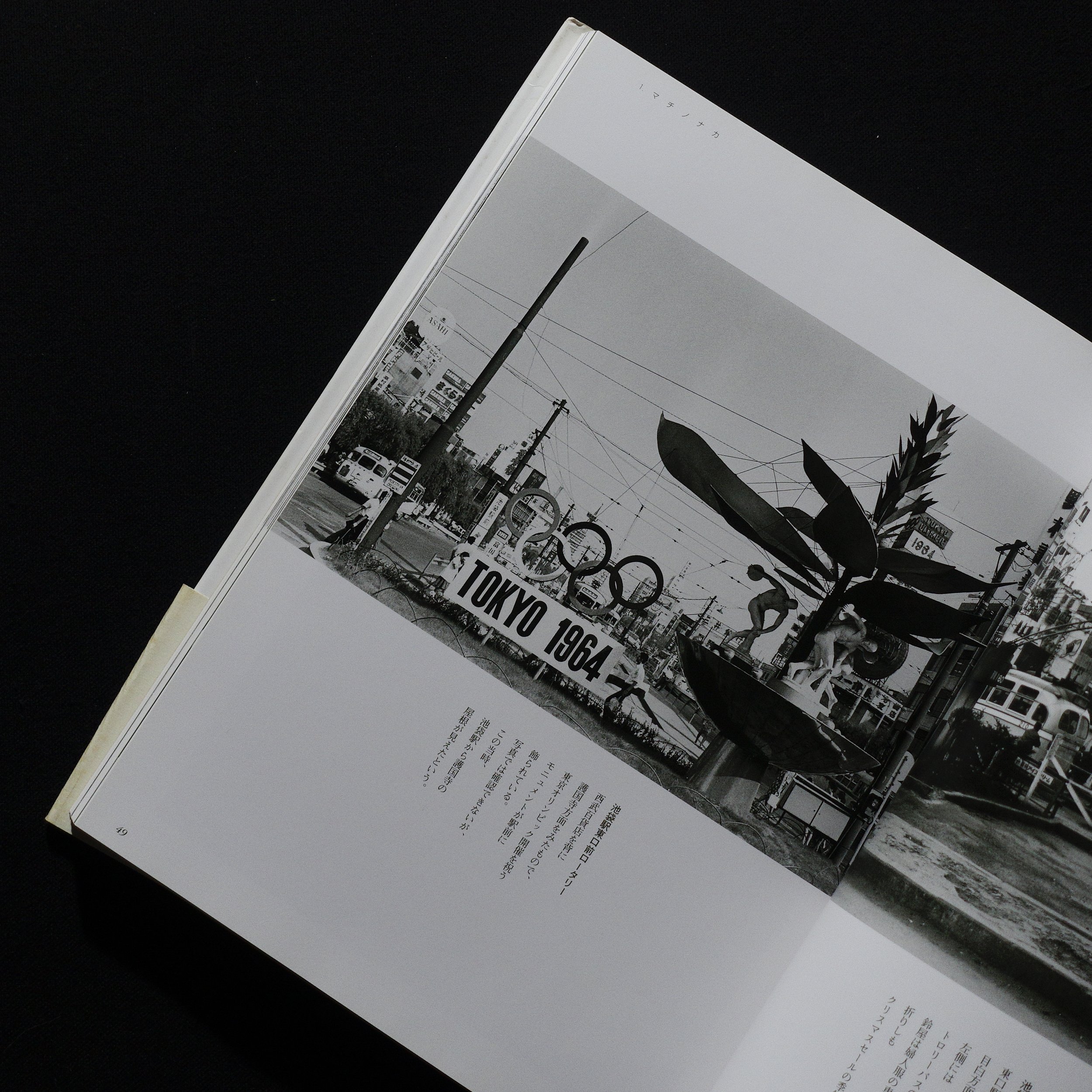 Image 7 of 15
Image 7 of 15

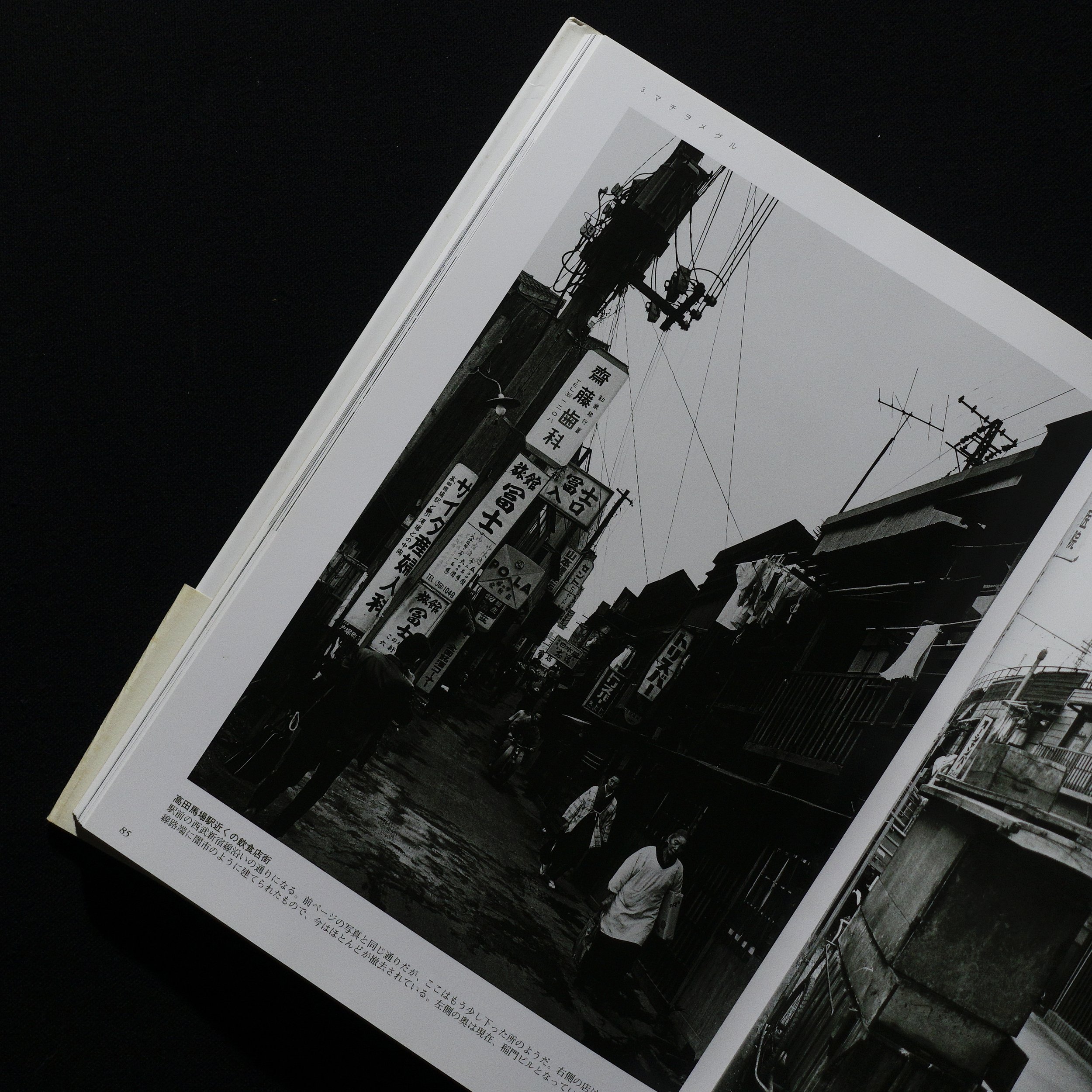 Image 8 of 15
Image 8 of 15

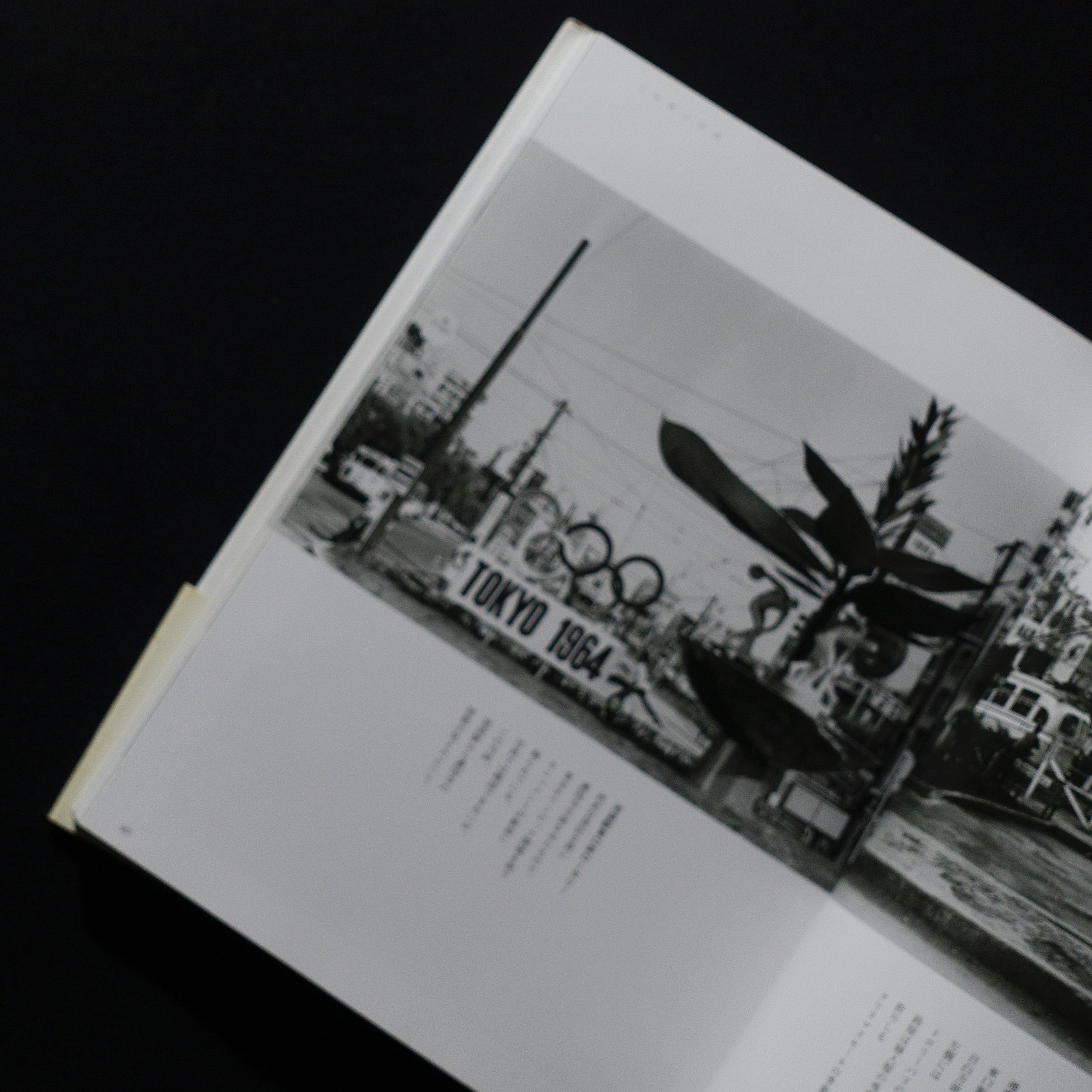 Image 9 of 15
Image 9 of 15

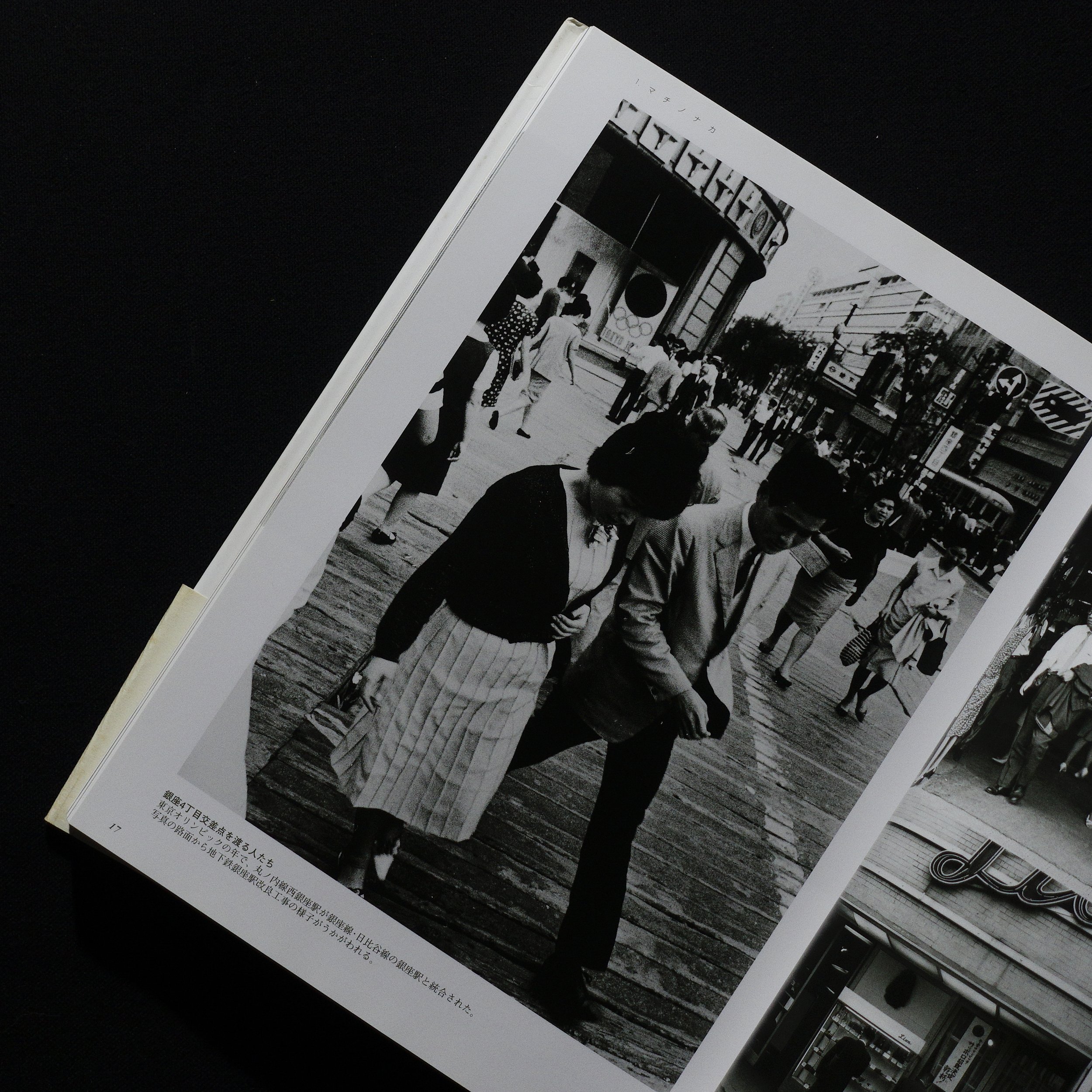 Image 10 of 15
Image 10 of 15

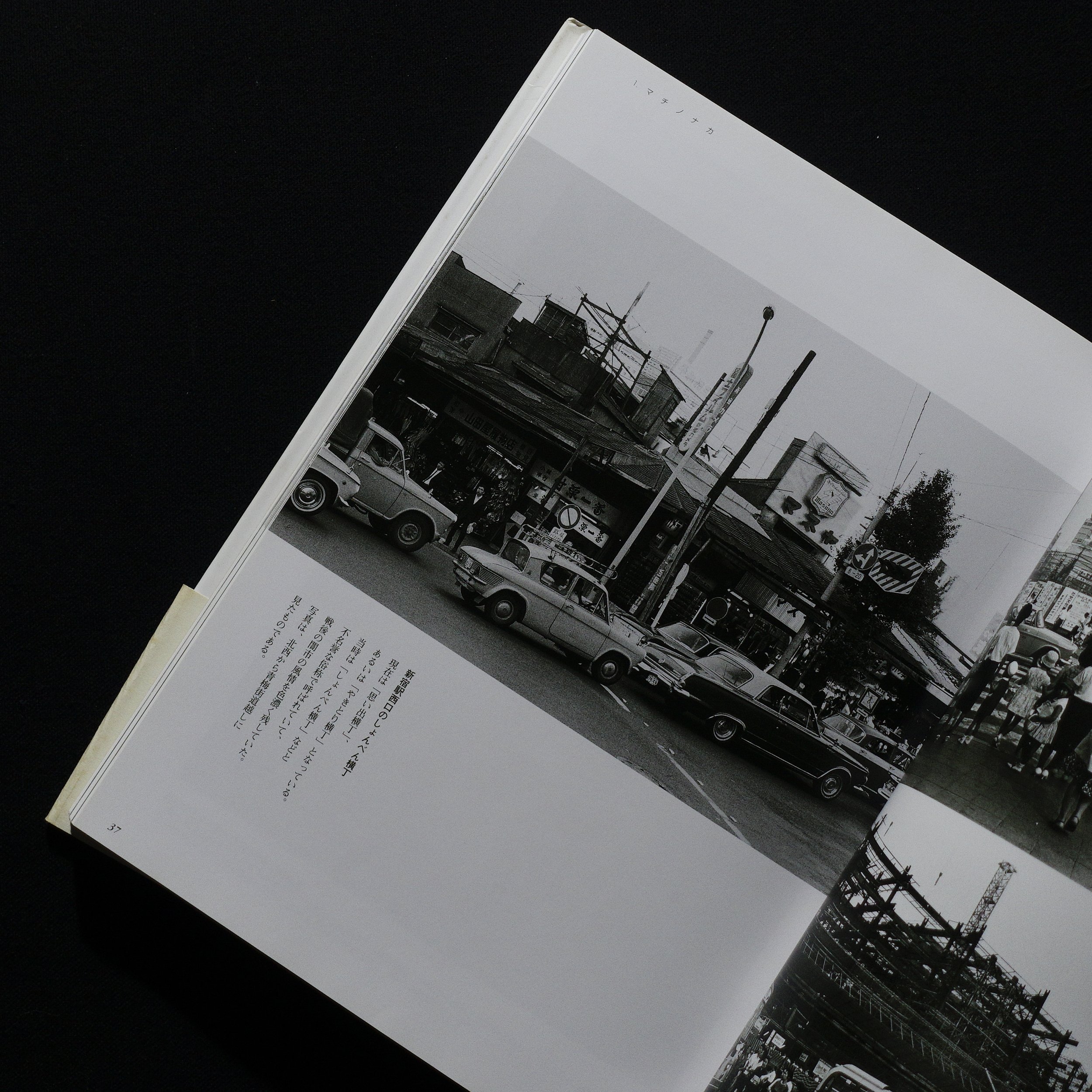 Image 11 of 15
Image 11 of 15

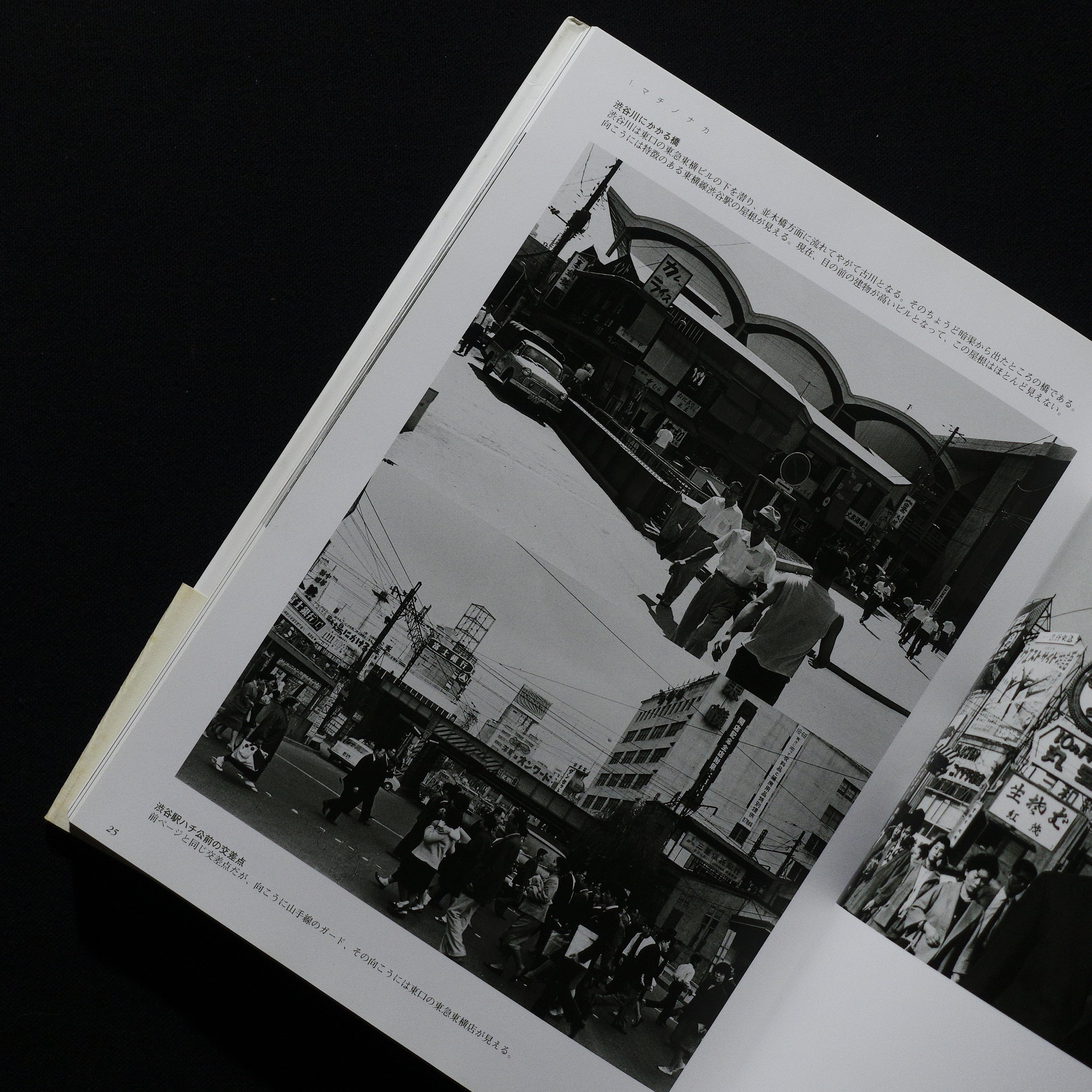 Image 12 of 15
Image 12 of 15

 Image 13 of 15
Image 13 of 15

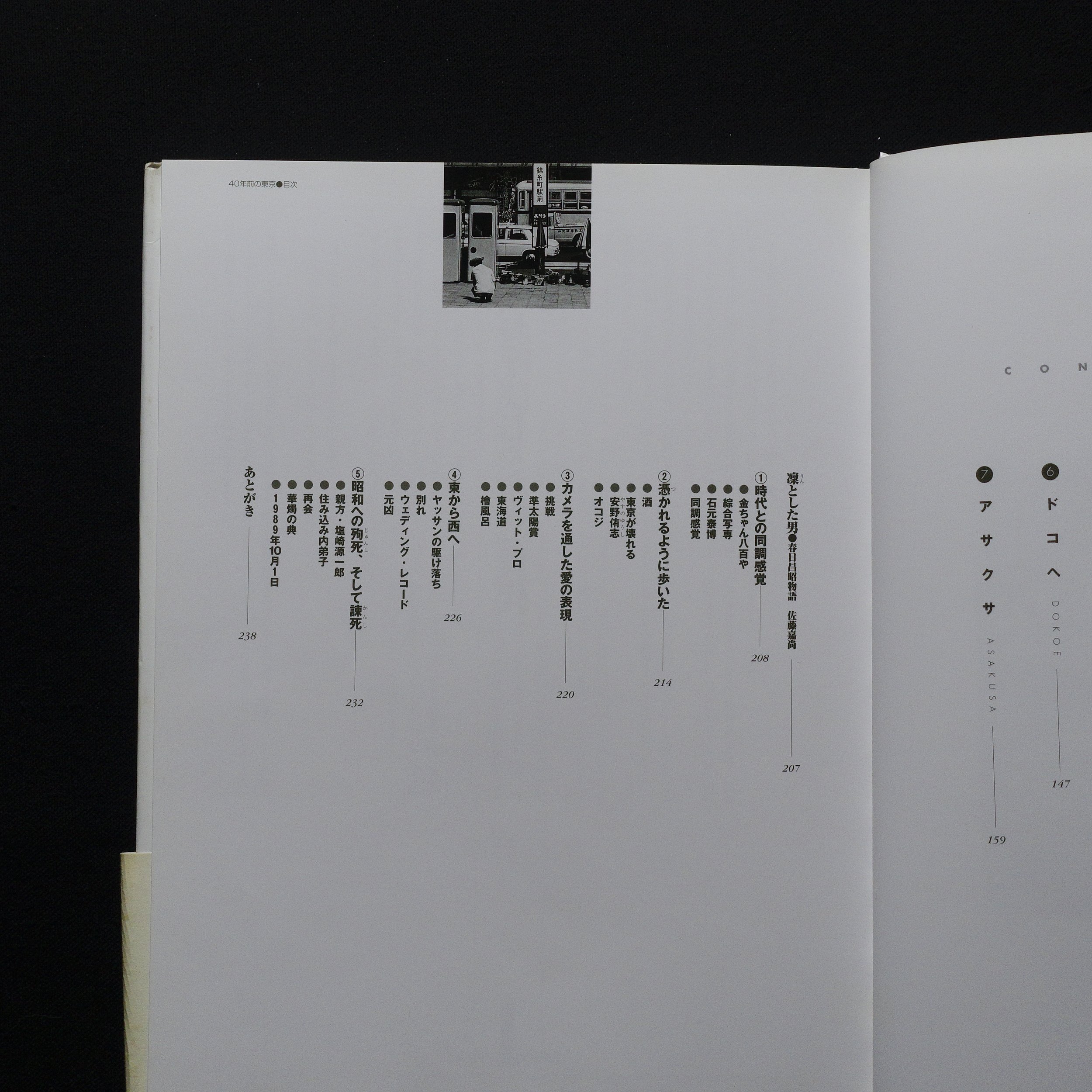 Image 14 of 15
Image 14 of 15

 Image 15 of 15
Image 15 of 15
















40年前の東京╱40 Years Ago in Tokyo 1963-1966 (First Edition, With obi)
春日昌昭╱Masaaki Kasuga
生活情報センター (Seikatsu Joho Center) ╱2006╱30.5 × 23.5 cm╱239 pp.╱Monochrome
<Condition> Good. With obi, slight creasing to the dust-jacket edges, light rubbing and minor soiling, otherwise in very good condition.
<Description>
Shot between 1963 and 1966 in the run-up to and aftermath of the 1964 Tokyo Olympics, Masaaki Kasuga’s panoramic street photographs capture a city in flux—cranes and construction sites sharing space with narrow shitamachi alleys, trams, trolley-buses and three-wheeled delivery carts.The large-format presentation (30.5 × 23.5 cm) allows each of the 239 high-contrast monochrome plates room to breathe, revealing both the grit and quiet poetry of post-war Tokyo.An introductory essay by critic Yoshinao Satō places the work within the broader narrative of Olympic-era urban transformation.First published in 2006 by Seikatsu Joho Center, 40 Years Ago in Tokyo remains the only edition to date, and first-edition copies with obi are now scarce outside of specialist Japanese dealers—making this example a valued document of 1960s Tokyo street life.
春日昌昭╱Masaaki Kasuga
生活情報センター (Seikatsu Joho Center) ╱2006╱30.5 × 23.5 cm╱239 pp.╱Monochrome
<Condition> Good. With obi, slight creasing to the dust-jacket edges, light rubbing and minor soiling, otherwise in very good condition.
<Description>
Shot between 1963 and 1966 in the run-up to and aftermath of the 1964 Tokyo Olympics, Masaaki Kasuga’s panoramic street photographs capture a city in flux—cranes and construction sites sharing space with narrow shitamachi alleys, trams, trolley-buses and three-wheeled delivery carts.The large-format presentation (30.5 × 23.5 cm) allows each of the 239 high-contrast monochrome plates room to breathe, revealing both the grit and quiet poetry of post-war Tokyo.An introductory essay by critic Yoshinao Satō places the work within the broader narrative of Olympic-era urban transformation.First published in 2006 by Seikatsu Joho Center, 40 Years Ago in Tokyo remains the only edition to date, and first-edition copies with obi are now scarce outside of specialist Japanese dealers—making this example a valued document of 1960s Tokyo street life.

